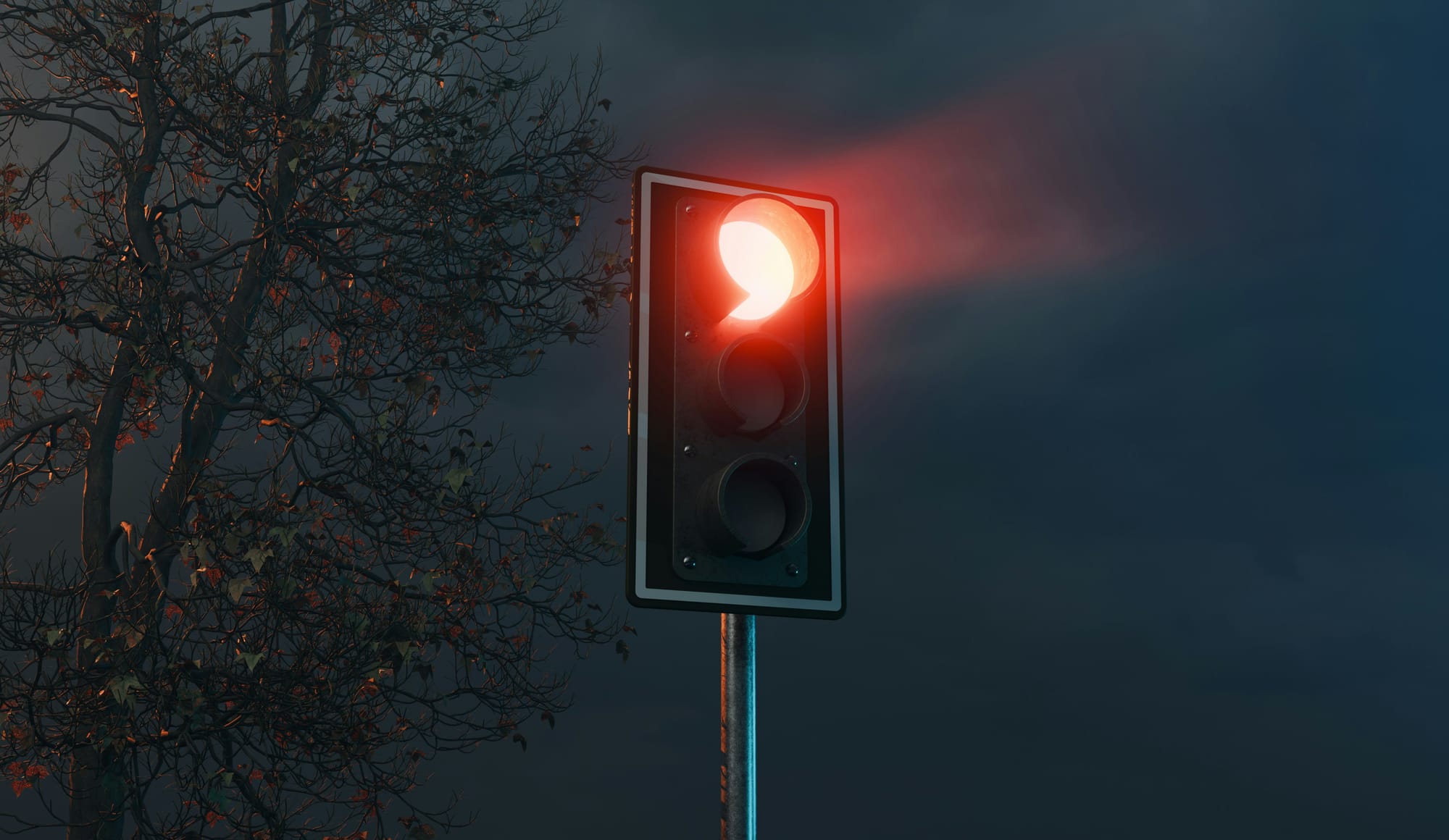As a graphic designer, you've probably watched countless posts explode across social media while your carefully crafted visuals barely get noticed. The frustrating truth? Going viral isn't just about luck—it's about understanding the psychology behind what makes people stop scrolling and start sharing.
The Science Behind Viral Visual Content
Recent research reveals that viral content achieves "rapid diffusion and high interaction levels" through a combination of spreading and engagement metrics. But here's what most designers miss: virality is fundamentally about emotional connection, not just aesthetic appeal.
"Content that stirs strong emotions like happiness, sadness, or inspiration tends to stick with people. When viewers emotionally connect with content, they're more likely to share it with others," explains leading social media research.
This means your design choices need to trigger feelings, not just admiration.
Design Strategy #1: Master the 3-Second Hook
Your visual has exactly 3 seconds to capture attention before users scroll past. The most successful viral content uses what experts call "visual cues that communicate what viewers can expect".
Design Strategy #2: Embrace Authentic Imperfection
Here's a counterintuitive truth:
"Users are drawn to content that feels real rather than perfectly polished".
The most viral content often has an authentic, slightly rough-around-the-edges quality that makes it feel genuine.
Take the story of 15-year-old Philip Rempel, whose "colourful brutalist poster concept artwork" went viral on Instagram Reels. His success came from combining "strong sound effects" with "bold colours of red, black, and white" while showing his creative process authentically. The lesson? Don't over-polish —show the human element.
Design Strategy #3: Layer Interactive Elements
Static posts are dead.
"Motion graphics can help you combine your text, animations, and graphics all in one design to make it more engaging".
But it's not just about movement—it's about creating content that begs for interaction.
Consider these engagement-boosting design elements:
- Visual questions that prompt comments
- Before/after reveals that create curiosity gaps
- Interactive polls embedded in your graphics
- User-generated content templates that encourage participation
Design Strategy #4: Tap Into Cultural Moments
Timing isn't just about posting at peak hours—it's about visual relevance.
"Leveraging current trends, holidays, or significant events can give your content the visibility boost it needs".
But here's the designer's advantage: you can create trend-responsive visuals faster than anyone else.
Social media expert Sabrina Mohan warns:
"If executing a viral trend requires endless strategy meetings and back-and-forth discussions about whether it aligns with your brand, it's probably not worth pursuing".
The sweet spot? Create flexible design templates that can be quickly adapted to trending topics.
Design Strategy #5: Build for Platform-Specific Success
Each platform rewards different visual approaches. Instagram prioritizes "Reels, short-form video, and influencer partnerships," while LinkedIn favors "industry insights" and professional aesthetics. Your design strategy must adapt accordingly.
Platform-specific design tips:
- TikTok: Bold, high-contrast graphics that read well on mobile
- Instagram: Cohesive aesthetic with strong brand consistency
- LinkedIn: Clean, professional layouts with data visualization
- Twitter/X: Simple, text-heavy designs that communicate quickly
The Viral Content Formula for Designers
Research shows that viral content combines three critical elements: shareability, emotional appeal, and timing. As a designer, you control the visual execution of all three:
- Shareability: Create graphics that look good when compressed and shared across platforms
- Emotional Appeal: Use color psychology and typography to trigger specific emotions
- Timing: Design flexible templates that can be quickly customized for trending moments
Your Next Steps
The most successful designers aren't just creating beautiful graphics—they're creating visual experiences that people can't help but share.
"All viral content has something in common: it's original and delivers the unexpected".
Start with one piece of content this week. Apply the 4.5:1 contrast rule, add an interactive element, and tap into a current cultural moment. Then watch your engagement metrics tell the story.
Remember: "Going viral is not an outcome; it's a happening. Sometimes it happens; sometimes it doesn't". But with these design strategies, you're stacking the odds in your favor.
Ready to create your next viral hit? The only question left is: which design secret will you try first?




Discussion